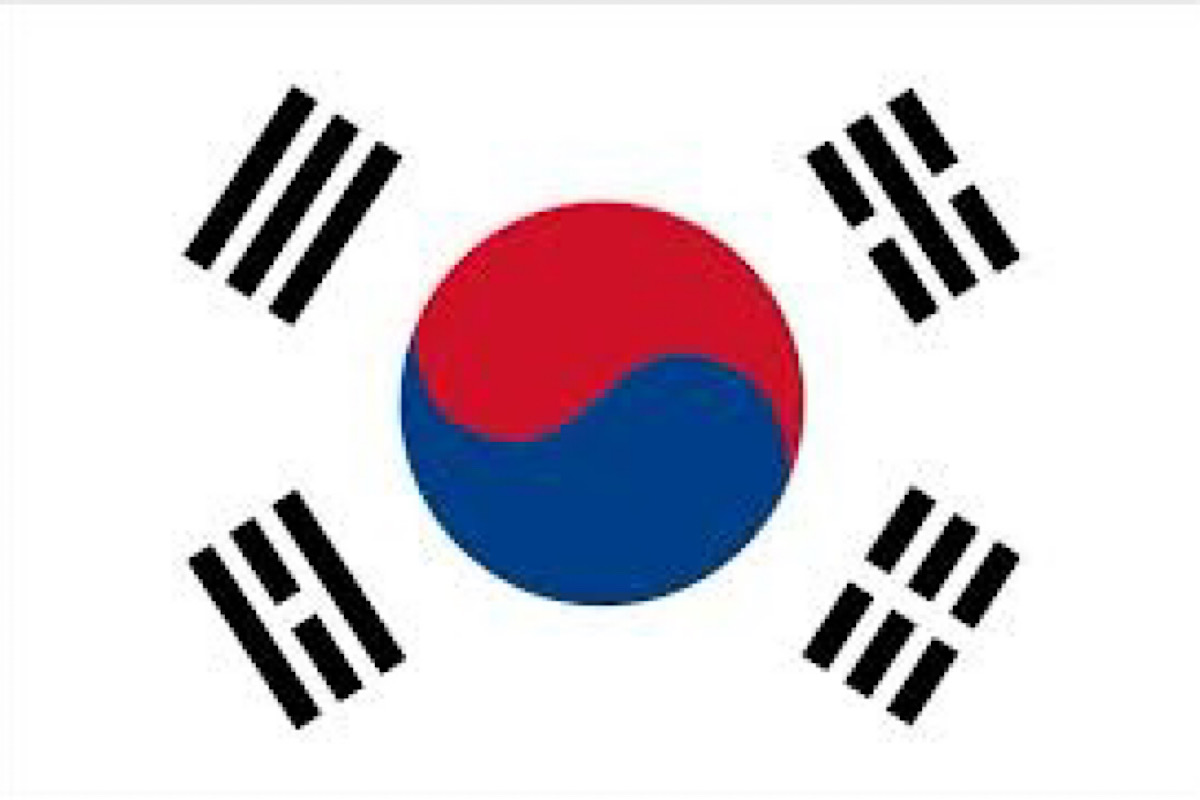South Korea to find new area of cooperation with US in 2025
The Ministry of Trade, Industry and Energy outlined the policy direction for this year during a briefing to acting President Choi Sang-mok.
As a democratic, affluent country which has punched below its weight in the international system, South Korea now appears ready to carve out a larger role for itself.

South Korea flag [File photo]
South Korea is emerging as the new kid on the block in the Indo-Pacific. Seoul’s Indo-Pacific strategy released in December hints at its global ambitions and the enhanced role it sees for itself in the region. It now characterises itself as a ‘Global Pivotal State’ with a vast vision reaching beyond its immediate neighbourhood to encompass Southeast Asia, India, the USA, the Pacific Islands, the African coast of the Indian Ocean, and Latin America.
As a democratic, affluent country which has punched below its weight in the international system, South Korea now appears ready to carve out a larger role for itself. America as a longstanding ally has welcomed the move as was evident during the recent sixday visit of South Korean President Yoon Suk Yeol to that country. But what will other Indo-Pacific regional powers make of it? In a recent article, Natalie Sambhi of the Brookings Institution argues that there is much for the leading Southeast Asian country, Indonesia, to like in South Korea’s strategy.
Advertisement
Its nonprovocative language and emphasis on inclusiveness compliments the stand taken by Jakarta for an IndoPacific built upon “open, transparent, and inclusive manners based on (the) habit of dialogue” which neither targets nor excludes any nation. Further, Seoul recognises China as “a key partner for achieving prosperity and peace” with whom it will “nurture a sounder and more mature relationship.” This constructive approach is in line with Indonesia’s stand which rejects even a hint of an Indo-Pacific framework becoming a containment strategy against Beijing.
Advertisement
Seoul’s underlining of the central role of the Association of Southeast Asian Nations and the Asean Outlook on the Indo-Pacific is also good news for Indonesia, for which the grouping remains not only a critical pillar of the Indo-Pacific architecture but is the cornerstone of its foreign policy. That South Korea named Southeast Asia and Asean just after its North Pacific neighbours in its list of key partners exemplifies the importance it accords to strengthening relations with both grouping and its member states. In fact, says Sambhi, Seoul has taken concrete steps in this direction, announcing the Korea-Asean Solidarity Initiative.
While Southeast Asia and Asean constitute important elements of Australia’s Indo-Pacific vision, the key for Canberra is the strategy’s strengthening of the South Korea-US alliance at a time of heightened strategic anxiety visà-vis China. Seoul’s stated intent to deepen AustraliaUS-South Korea cooperation in areas including supply chains, climate change, and allied security cooperation with Japan will provide further dividends for Australia through ‘greater policy alignment, socialisation between officials, and deepening of interoperability’. Seoul’s strategy also expressly declares its desire to “gradually expand nodes of cooperation with the Quadrilateral Security Dialogue,” first in areas such as infectious disease, climate change, and emerging technologies.
The addition of South Korea’s financial and technical support in these areas will be advantageous to India’s and Australia’s strategic interests in particular, while deepening a “security network” between Seoul, Canberra, Washington, New Delhi, and Tokyo.
Advertisement